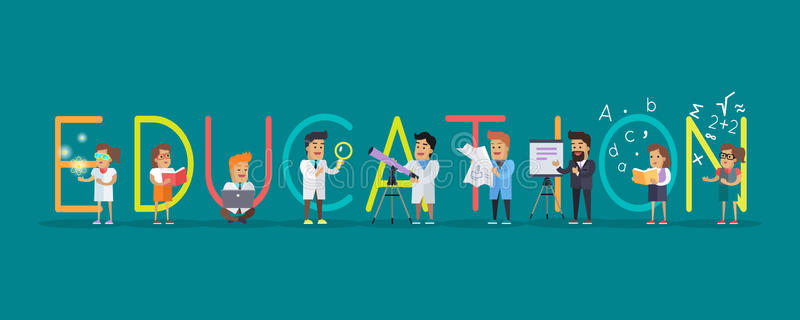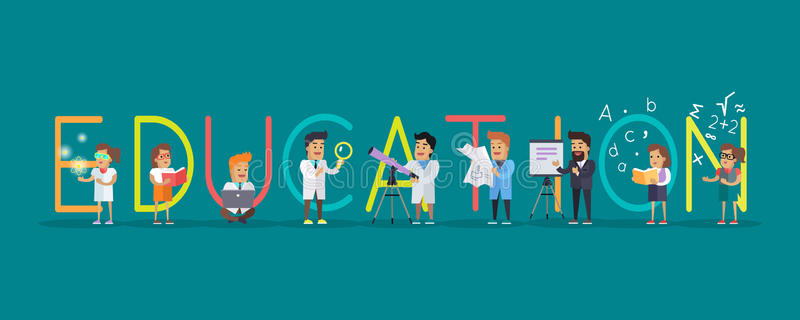
According to Gartner, digital twins are part of the top 10 strategic technology trends of the 20th century. However, we still rarely see this concept in French news. So what is a digital twin or a digital twin? And what possible applications in insurance?
Take the illustration in the aviation sector advanced by Colin Parris, vice president of software research at General Electrics: in an airplane, a broken seat can represent an industrial asset preventing a theft. A simple seat malfunction can end up costing an airline thousands of dollars if the plane cannot take off in time or a spare cannot be found. And what's particularly annoying is that a digital version of this asset could have warned engineers that the seat was about to fail days if not weeks in advance.
According to Colin Parris, predictive interviewing is one of the reasons GE has invested heavily in the industrial Internet of Things. A key element of this investment is an increased focus on 'digital twins', virtual versions of the billions of physical assets that make up the global industrial infrastructure. In three to five years, billions of objects will be represented by digital twins, a dynamic software model of a physical object or system delivering an operational result. Using data from sensors about how an object's components work and respond to the environment, a digital twin can be used to analyze and simulate real-world conditions, react to changes, improve operations, and add new value.
One of the first applications of the Digital Twins was launched by NASA for space exploration, allowing engineers to understand how to diagnose and correct faults in a machine remotely.
The added value of digital twins is particularly high for insurers of industrial companies. Part of this process is to use the information generated by the networks of smart devices. If you're a marine insurer and all of your customers have ships filled with engine diagnostic sensors and connected technology, you could theoretically create predictive models that tell you the likelihood of each ship having engine problems (and that the owner makes a complaint).
The answer lies in an insurer's ability to translate raw data into behavioral information. With a better understanding of the likely behavior (and associated risk) of individual assets through digital twins, it will be possible to manage risk more effectively and even work with policyholders to mitigate it. Closer working relationships with corporate risk management departments are likely to be essential here.
This data will also allow insurers to model and plan their overall risk portfolio, by forecasting probable scenarios and ensuring that an optimal risk balance is maintained. This “digital portfolio” could help remove some elements of uncertainty within the company, which will help them to plan more effective reinsurance policies, for example.
But to leverage this data, insurers need to collect it and make sense of it. This is currently beyond the capabilities of many insurers, which means third-party technology providers have an important role to play.

- "If its just salt from the ocean below, that would be a simple and elegant solution for what the dark, mysterious material is," noted research

- There are a lot of things to remember before you hire a web development and web design firm.The phrase "unschooling" essentially implies "not sch

- Easter is usually an extraordinary time for teenagers. Nevertheless the outstanding element is the reality youll want to makethe most of that satisfaction that

- In almost all cases, the testers are required to sign a Non-Disclosure Agreement (NDA) when they join the community. The NDA forbids them from talking